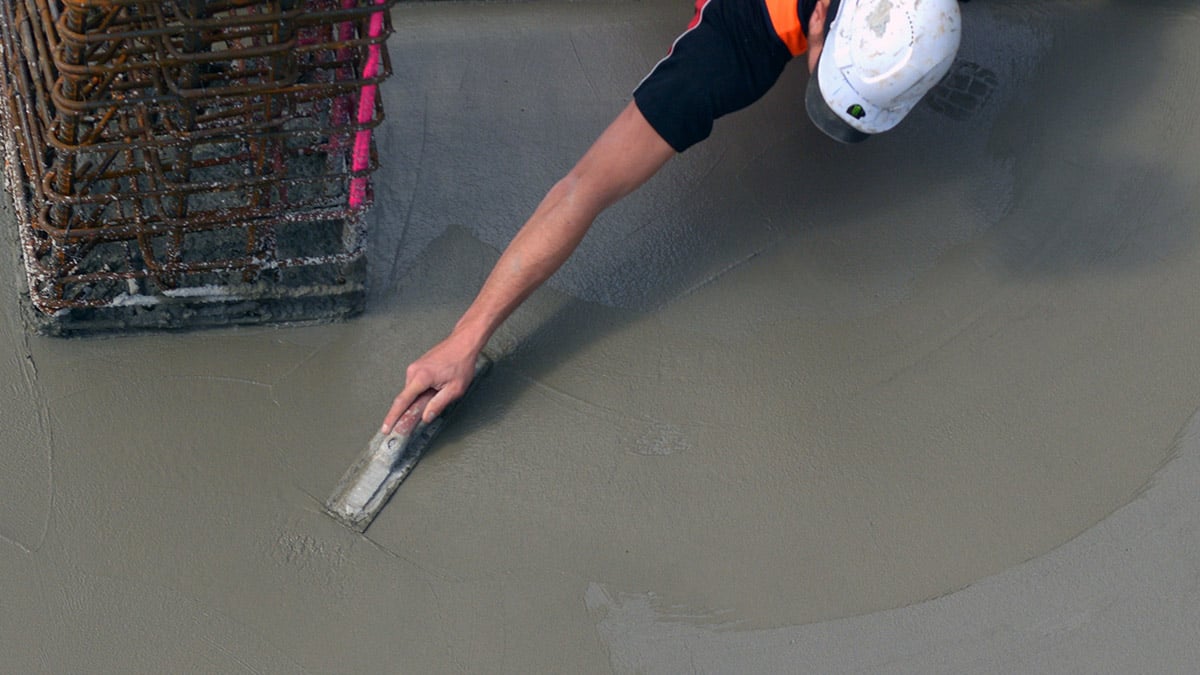How to Increase Signal Strength of Any Antenna: Lose the Enclosure
Optimal wireless antenna design – like any engineering problem – requires balancing many different and potentially conflicting constraints. While “tuning” a design through its typical variables can yield incremental improvements, breakthrough innovations and novel approaches will only come from thinking “outside the box” – literally in this case.
When it comes to a wireless antenna signal strength, there are several common ways to increase signal strength. Power or current density can be the first variable that comes to mind to increase the intensity of the pattern radiated, but this has implications on the component selection of antenna, chip set, transmitter and cabling.
Download the Guide - Get a free copy of Transparent Antennas: Out of Sight, Out of Mind
Another approach would be to focus on the radiation pattern. Changing the aperture of a dipole or stacking multiple dipoles changes the pattern shape, directing existing power to where it will be used. Tuning the antenna can be accomplished without requiring hardware changes.
Been there, done that, achieved incremental improvements. Thinking functionally about the “system”, what else can have a positive or negative impact on the function of the radio waves carrying the signal?
Regardless of frequency, all wave forms suffer from interference with external object to varying extents. As commercially used frequencies enter the millimeter wave length, obstacles such as buildings, trees, and even rain can have dramatic consequence. This is particularly true for the upcoming commercialization of 5G. You can learn more about this and the other technological implications of a 5G network in the following YouTube video from the folks at IEEE Spectum:
Returning to the idea of thinking functionally, knowing that obstacles can interfere with radio signals, it would make sense to eliminate the possibility of anything coming between the sending and receiving antennas. Moving the antenna outside the enclosure would not only eliminate the signal interference created by the enclosure, but also offers the additional advantage of getting the antenna closer to the source of the sending/receiving signal. The downside however is that antennas are ugly.
What if there were a commercially available way to make an antenna transparent? Think of the possibilities. To get the massively MIMO antenna density necessary for 5G, office buildings and stadiums could build transparent antennas in existing architectural elements such as overhead lights or acoustical panels. Instead of seeing the ceiling littered with unsightly beige plastic enclosures with stubby antennas, wireless signals would seemingly emanate from everywhere.
With transparent antennas, converting an existing electronic device for IoT connectivity becomes a simple matter of “licking and sticking” on an antenna. The need to redesign an enclosure to incorporate the introduction of an antenna is mitigated. Today’s commercially available CNT Hybrid materials are both transparent and conductive delivering a range of optoelectronic performance for a variety of applications including transparent antennas to truly enable “out of the box” applications. This changes everything, clearly.
How could thinking functionally about your design using flexible transparent circuits enable innovations in your company’s product line? Tell us about your quest for clearly innovative products. Share your thoughts in the comments section below and don’t forget to follow us on your favorite social media channel.

.jpg)





















